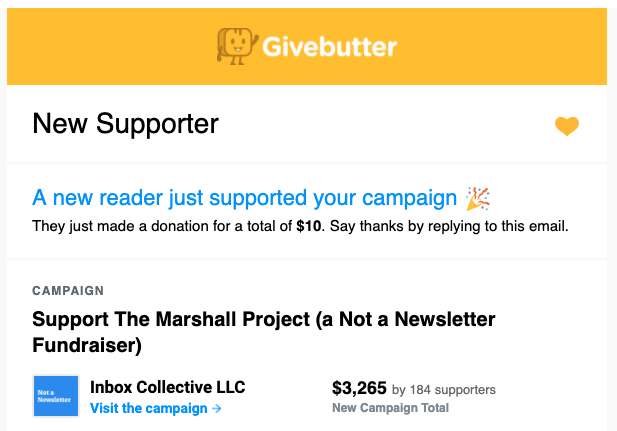
So here’s how a response to a welcome email led to one of the best things I’ve done in my three years of running Inbox Collective.
In October 2019, I get an email from Jan Birkemose, who runs the Danish media website Medietrends. He got my welcome email and wrote back, telling me a little about his business. We start trading notes back and forth. He tells me about these courses he’s running, including a two-day class all about email.
A few months later, Jan invites me to speak as part of that course. It goes well. He invites me back for another session later that year.
And then two more in 2021.
In December 2021, I happen to find myself in Denmark after Mette Will invites me to speak at Email Summit DK. (Thanks again, Mette!) On my last night in town, Jan and I meet in person for the first time. He asks if I’d be interested in hosting an email workshop of my own in Denmark in 2022.
Yes, I most certainly would.
I’d been wanting to do one of these for a while. I’d built up a series of workshop session that I do with individual newsrooms, but I’d never done them with several different orgs in a single room. Only thing had stopped me: Planning the event itself. Booking a space, coordinating with all the different teams, scheduling lunches for a big group — that part seemed intimidating to me.
But Jan had done these sorts of workshops dozens of times already. If I was going to take the leap on something like this, I needed a partner like him.
Fast forward to mid-September. It’s the end of a beautiful fall week in Copenhagen, and we’ve got 20 participants from 16 organizations (who came from four different countries) in the room together. They’ve learned a lot of the past three days (and, thanks to Jan’s planning, been fed every day!), and are telling me about what they’re going to do next.
They’ve got ideas: For surveys to run, and growth tactics they want to implement, and newsletters they want to launch. There’s a lot of excitement in the room, and a lot more work to do, but this group is ready to take it on.
Now that it’s all over, I’m feeling grateful for the opportunity to share what I’ve learned, and grateful for partners like Jan, who believed in this workshop idea and gave me the chance to lead it.
(And thanks for writing back to that welcome email, Jan! It’s amazing to think about the doors that a single email reply can open.)
———
That’s me with the group at the end of the workshop. What a week!









